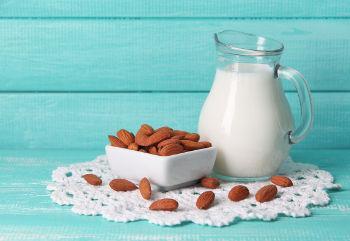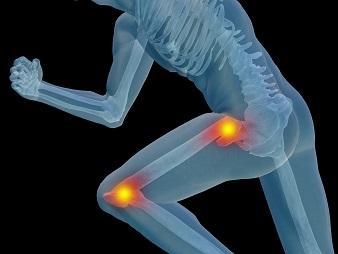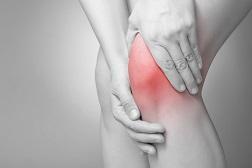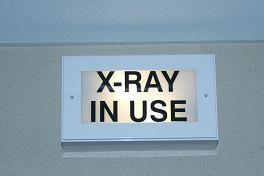KNOW YOUR BONES!

First, it’s important to consume an adequate amount of nutrients for strong bones. As recommended by the United States Food and Drug Administration (FDA), the daily requirement of calcium for an adult is 1000mg/day and that of vitamin D is 600IU/day. [1] While calcium can be derived from various foods, vitamin D is synthesized by the skin with the help of sunlight. An exposure to sunlight for 5 – 30 minutes from 10a.m. to 5p.m. twice a week can provide enough vitamin D for healthy bones.
The top 5 foods for healthy bones have been listed below,
1. Dairy products
Milk – Easily available in every corner of the world, this wonder food is packed with nutrients. 1 cup or 8 ounces of milk contain 305mg of calcium. So, people who can drink 3 glasses of milk a day can keep broken bones far away. Those who dislike milk can turn it into a fruit smoothie, or opt for yogurt and cheese instead.
Read more
Fight Winter Inactivity with Exercise!

A few simple ways of exercising and maintaining fitness during the winters have been listed below:
1. Walking:
Yes! Walking can be fun even in the snow. In fact, walking in the snow tends to burn double the amount of calories than walking on a plain surface as you need to push harder to pave your way through the snow. Remember to wear the winter clothing in layers so that you can pull them off as you get warmer. [1] And while you are walking in the snow, a little bit of slow running or playing around can increase the fat burning and also increase cardiovascular endurance. Make sure it’s all on snow, never ice!
2. Take the stairs or the street:
Read more
Reducing Knee Replacement Pain

Read more
Run a Mile to Keep your Smile!

This study contained data from 2600 people who used to perform some form of physical activity in their life. Study age groups were divided into 12-18, 19-34, 35-49 and 50 and older. Finally, 29% of the people were runners at some point of time in their lives.
Read more
Cardiac risks higher in patients with arthritis, psoriasis

Read more
X-Ray Imaging and Technology




